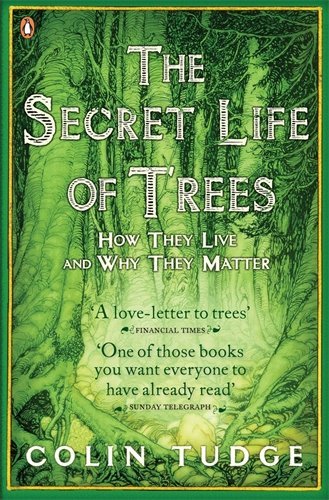What do you think?
Rate this book


Paperback
First published January 1, 2005
"I don't believe the world can get significantly better if we leave politics to career politicians. That is not what democracy means. I also nurse the conceit (for which there is abundant evidence) that human beings are basically good...It seems to follow that if only democracy can be made to work-if the will of humanity as a whole can prevail-then the world could be a far better place: that it could, after all, come through these next few difficult decades...